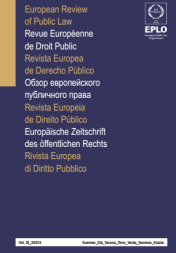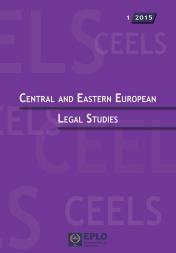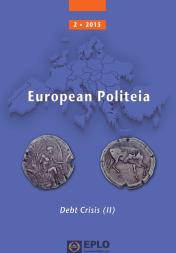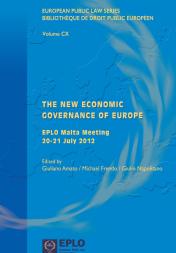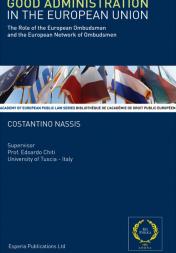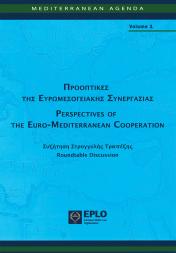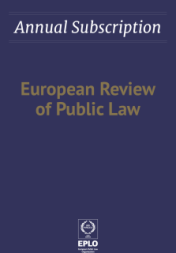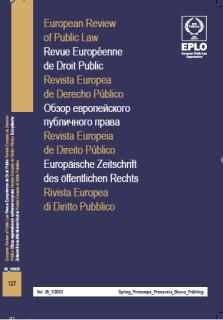
The Challenges of the Eastern European States
in Building Climate Resilience and Green Democracies ‒
Tendencies and New Happenings
dr. jur., Ph.D in international law, LLM in environmental law, senior lecturer at the University of Szeged,
Faculty of Law and Political Sciences, Department of International and European Law.
E-mail: sziebig.orsolya.johanna@szte.hu
In the last couple of decades, the adverse effects of climate change have become inevitable for the whole international community. One can assume that these negative happenings concern only the faraway countries, but the European sphere is also highly affected. In the European Union, a wide range of action plans, legislation and programmes were adopted to reach a climate-neutral continent by 2050. Meanwhile, the EU consists of 27 separate member states, which have to face their own challenges. Moreover, the Eastern European States have a shared history of communism and environmental deterioration. In the current article, the Author answers three main questions. Firstly, what are the core challenges caused by climate change that the EU has to face, with special regard to the unique characteristics of Eastern European States? Secondly, what is the definition of climate resilience, and how is the EU trying to ensure the achievement of climate goals? Finally, the question of green democracies is put in the spotlight, significantly whether the tools of direct democracy can help in environmentalism.
Au cours des deux dernières décennies, les effets néfastes du changement climatique sont devenus inévitables pour l’ensemble de la communauté internationale. On pourrait penser que ces événements négatifs ne concernent que les pays lointains, mais la sphère européenne est également très touchée. Dans l’Union européenne, un large éventail de plans d’action, de législations et de programmes ont été adoptés pour atteindre un continent climatiquement neutre d’ici 2050. Dans le même temps, l’UE se compose de 27 Etats membres distincts, qui doivent faire face à leurs propres défis. En outre, les Etats d’Europe de l’Est ont une histoire commune de communisme et de dégradation de l’environnement. Dans le présent article, l’auteur répond à trois questions principales. Premièrement, quels sont les principaux défis occasionnés par le changement climatique auxquels l’UE doit faire face, compte tenu des caractéristiques uniques des Etats d’Europe de l’Est? Deuxièmement, quelle est la définition de la résilience climatique, et comment l’UE essaie-t-elle de garantir la réalisation des objectifs climatiques? Enfin, la question des démocraties vertes est mise en lumière, et il s’agit de savoir si les outils de la démocratie directe peuvent contribuer à la défense de l’environnement.
* The research was supported by the ICT and Societal Challenges Competence Centre of the Humanities and Social Sciences Cluster of the Centre of Excellence for Interdisciplinary Research, Development and Innovation of the University of Szeged. The author is a member of the Digitalization and Democracy research group.




